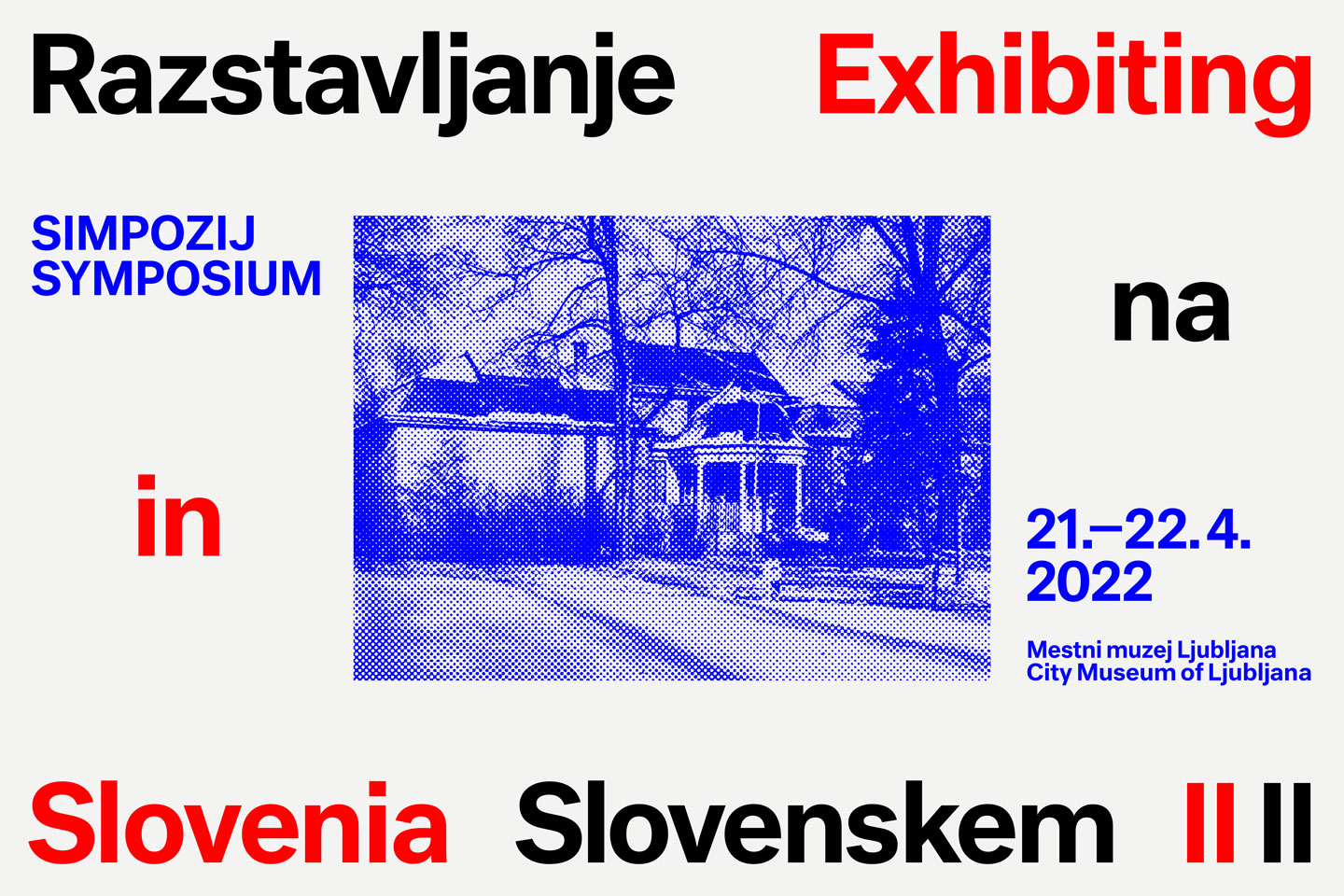Exhibiting in Slovenia II
Second Symposium on the Exhibiting of Art, Architecture, and Design, and Exhibition Institutions in Slovenia.

The second symposium continues with in-depth investigations into practices of exhibiting art, architecture, and design in Slovenia. A number of venerable anniversaries of prominent Slovenian art institutions in 2019, in particular the 110th anniversary of the Jakopič Pavilion – the first venue to be purpose-built for exhibiting art – were just one of the motives for organising the first Exhibiting in Slovenia symposium. The excellent response and the diversity of topics relating to exhibition practices attested to the interest of both the professional and lay public in this subject and associated issues. For this reason, we decided to organise periodic meetings and offer the first symposium online, in the form of a series of video lectures available at https://www.igorzabel.org/en/programme/2019/art-for-collective-use.
At this year’s symposium, selected exhibitions, institutions, and other phenomena involved in exhibiting art are again discussed chronologically and from various perspectives. We begin with an important topic – the oldest permanent exhibitions of the Provincial Museum of Carniola – and continue with mid-19th-century art societies, which were the first to advocate and provide for more regular exhibitions of the art of their day. Introductory papers also discuss one-off and short-term exhibitions that took place before World War II; they are followed by reflections on the more stable thematic, programmatic, and political orientations of institutions and their role in directing and shaping the visual arts domain in Slovenia. As in the first symposium, the topics converge in research on the accelerated institutionalisation of art, architecture, and design after World War II as well as on how and why this trend soon resulted in a wave of recurrent events, primarily biennials. We conclude with analyses of selected exhibitions, significant curatorial practices of recent decades, and new exhibition formats. In the last section we look at practices in the exhibiting of performative work, as we move from standard exhibition venues to virtual platforms and the public space. We are particularly pleased to be again joined in our reflections by insightful foreign researchers, who bring valuable external perspectives on Slovenian exhibition activity.
We intend to maintain the same approach we outlined with the first symposium: an in-depth reflection on exhibition activity in Slovenia that involves critical introspection and seeks to elucidate effects of exhibition practices that are harder to trace. Our explorations into how and why a certain exhibition practice occurs and becomes established, its relationship with the exhibited objects and art in general, and its interaction with political and other non-art discourses and agendas are guided by the desire to better understand both the medium of the exhibition and the internal logic and workings of the Slovenian art system.